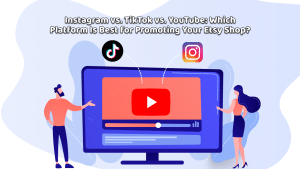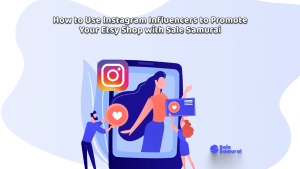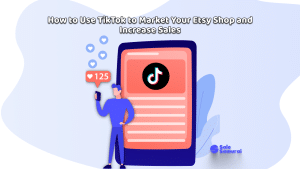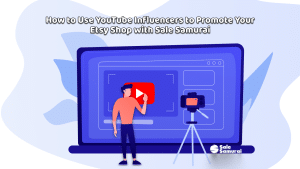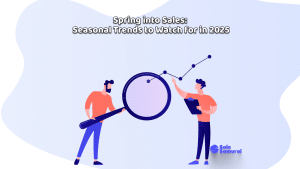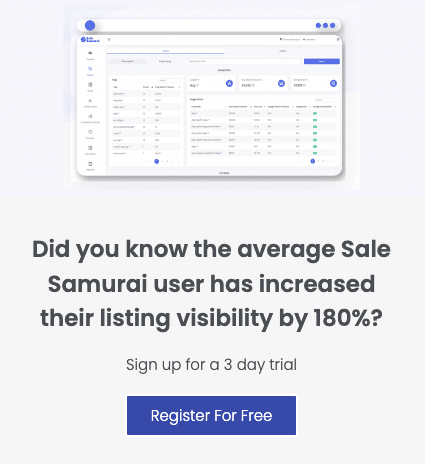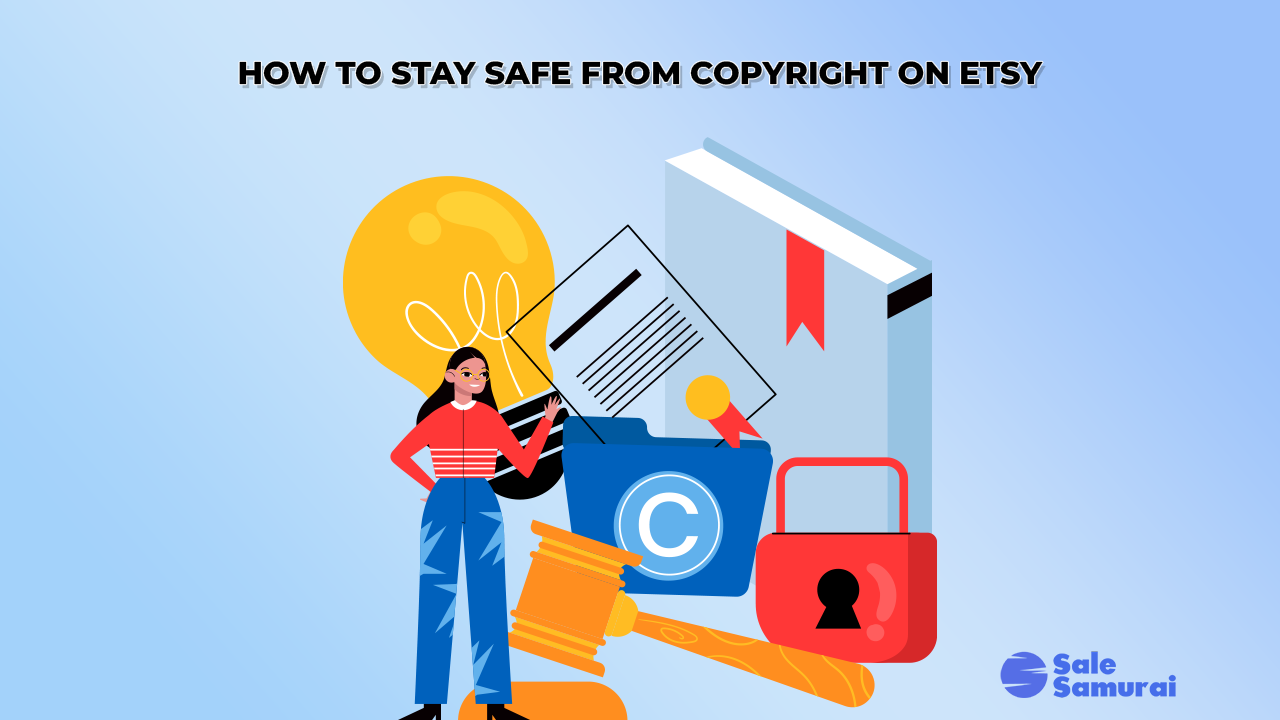
You’re out there minding your own business selling custom-made t-shirts and all of a sudden you get an Intellectual Property violation notice from Etsy. Now you have to shut down your entire operation and figure out what went wrong. Why did this happen? Could you have avoided this? Lucky for you, we are here to give you all the answers on:
How to Stay Safe from Copyright on Etsy.
To stay safe from copyright on Etsy you should check the Copyright Office records and try to contact the artist to make sure you have the rights or the work is license-free before selling it in some capacity on your Etsy shop.
Copyright laws are notoriously complicated and weird. The regulations around intellectual property change often, and even when a work doesn’t show up on a copyright database it may still be illegal to use!
Read below to find out how you can avoid copyright infringement when selling on Etsy.
What Is Copyright?

There are a number of classifications for copyright and what actually constitutes a copyright. The Harvard University Office of General Counsel defines the term as “the lawful right of an author, artist, composer or other creator to control the use of his or her work by others.”
These works by law cannot be copied, duplicated, spread, or appropriated by others (that’s you). Both direct and indirect copies are considered illegal under copyright law.
A direct copy would be you copy-pasting, downloading, or taking a photo of an artwork or project. An indirect copy would be you tracing or drawing from the original.
Now you may be wondering: what about fair use rights?
Under fair use, you are allowed to use creative works that you have transformed or edited to such an extent that it now has a new meaning or derivative behind it.
So, if you put a hat on the Mona Lisa that just might be protected under fair use BUT there is still risk involved.
There’s a fine line between fair use and copying so you want to make sure you aren’t breaking any rules. Read below to find out more on how you can avoid copyright infringement.
How to Avoid Copyright Issues On Etsy
The best way to avoid something is to simply avoid it completely. Understandably, many artists and Etsy Sellers find creative expression in the altering of other works so complete avoidance may not always be possible.
Here’s how you avoid copyright as best as possible:
1. Do Your Research
Usually, you will see a copyright protection notice or seal on works that have been copyrighted but this is no longer a legal requirement for works created after March 1st, 1989, so it is still up to you to find out the copyright status of something.
Keep in mind also that just because the creator of a work has passed or no longer claims copyright over their art, it doesn’t mean that someone else, like their relatives or estate, doesn’t still own the rights to the work.
Your best course of action in this instance is to consult the Copyright Office Records. You can access the information at www.copyright.gov.
You are also welcome to contact the artist directly and ask for their permission to use their work directly which brings us to:
2. Contact the Copyright Owner
Once you find out who actually owns the copyright to a specific work you intend on using, you can go ahead and contact them to ask for permission to use their work. This may involve a licensing fee.
If you get in touch with a copyright owner, they will usually need to know how their work will be used, on what material, the audience to whom the work will be sold, your intentions, and other information both about yourself and your work.
3. Go the Fair Use Route
Let’s say that you weren’t able to find the copyright owner of the work you intend on using or you did contact them and they either refused, ignored you, or asked for a ridiculous amount of money.
You basically have two options; change course and abandon your project or walk the fine line of fair use. Clearly, the first option isn’t for you especially if you are a budding entrepreneur or dedicated artist. So that leaves you with the fair use option. Let’s talk about that.
How to Use Fair Use to Avoid Copyright
Thanks to freedom of speech rights, Fair Use permits people and artists to use copyrighted works without permission as long as it is used for purposes of free speech including commentary, news reporting, teaching, research, and criticism.
Moreover, if you transform the original work to such an extent that it now has a different meaning then you may be protected under fair use.
Let’s be very clear here; fair use is a very fine line. For instance, a journalist can easily prove that he or she is using a copyrighted work as a part of his or her free speech rights; however, it becomes harder for artists to do so because free speech is not as apparent.
Artists have to transform a copyrighted work in order to take advantage of fair use. This means that if a painter wants to do a portrait from a photograph they can’t make an exact copy because the photograph, even if it’s not registered with the Copyright Offices in Washington, is technically a copyright.
So, the painter would have to transform the photograph in his or her work to such an extent that it takes on new meaning or can’t be easily identified as being a copy of the photograph. The same obviously goes for original works.
Fair use rights can be complicated, so you need to take the proper precautions including the time to research what extent of artistic transformation works in your favor.
Most of the time copyright isn’t a problem but big brands like Disney who lobby for tighter copyright laws, take their artistic works very seriously. To avoid problems with the law and Etsy get in touch with copyright owners and get the necessary permission to continue your Etsy selling journey!
